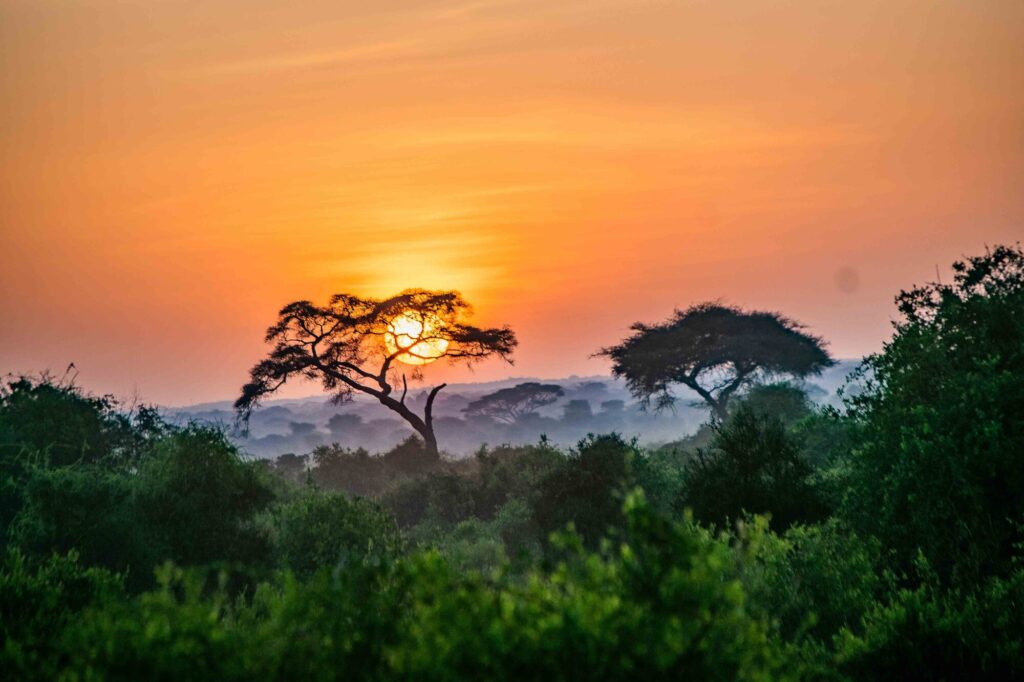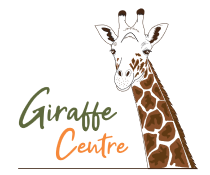Wildlife conservation in Kenya has been very dynamic in the precolonial, colonial and post-colonial period. For instance, in the precolonial period most local communities in Kenya and especially pastoral Maasai community members and their livestock lived peacefully side by side with wildlife. With the coming of the colonial masters, this dynamic changed as the colonial government of the British East African Protectorate decided to utilize legal instruments to regulate wildlife utilization and conservation in Kenya. They adopted the wildlife conservation policy which saw the creation of wildlife Protected Areas (PAs) essentially under the principle, ‘People out, Wildlife In’ for obvious reasons. This approach messed up the long held peaceful co-existence between people and wildlife as the PAs boundaries did not pay attention to the ecosystem dynamics including factors dictating seasonal pastoral community or wildlife migratory patterns and distribution of key resources within the original ecosystem. The post-colonial government adopted the same wildlife conservation policy with a few policy amendments from time to time.
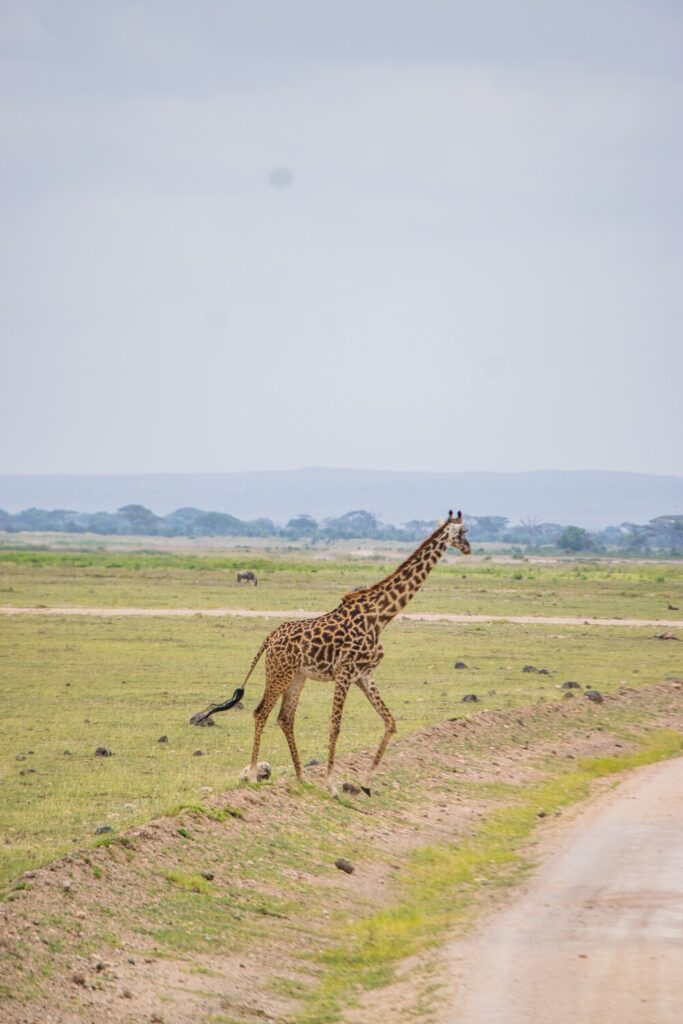
Up to date, animals especially the migratory species knows no man-made boundaries. They still wander as they have always done for generations spilling over to the adjacent local community areas and beyond. Amboseli National Park ecosystem has been a good example of this scenario. The legally protected area is only approximately 390 square kilometres but it is part of the larger Amboseli – Kilimanjaro ecosystem which covers approximately 8000 square Kilometres. Amboseli national park was declared a UNESCO Man and Biosphere Reserve in 1991 because of its critical role it plays sustaining the survival of man and nature.
Hence, the park cannot be managed as an island but its conservation must actively incorporate local adjacent community members needs and knowledge for posterity.
The Kenya Wildlife Service who are the custodians of Amboseli National Park encourages the Maasai Community who lives around the park to try and maintain land use practices which are more compatible with wildlife conservation this ensures the wildlife in the park then get to roam free on the spill areas around the park. In return, the park management have made a provision to allow the local Maasai community members to water their cattle at designated points within the park. This presents both the park and local community members with a rather important resource.
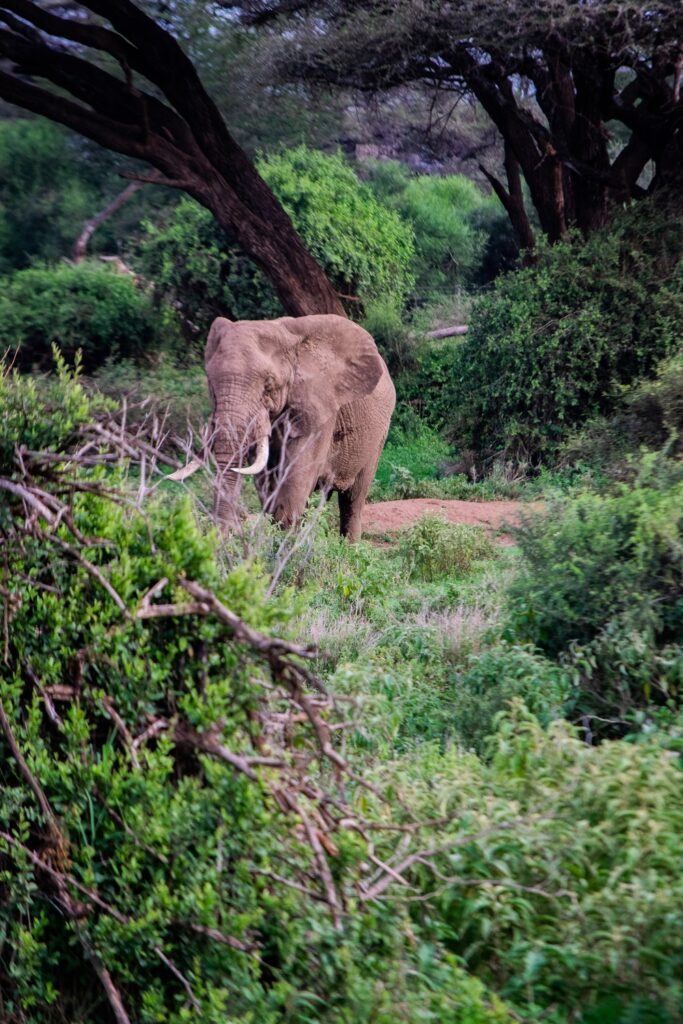
They have the community rooting for the park’s success. Also, the wild animals like the Elephants. Zebras, Giraffes, gazelles and waterbuck have grown accustomed to friendly human interaction. The kind that only leaves a minimal ecological footprint and satisfied community members and their Cattle. This a huge plus for tourism as it isn’t as hard to actually see and learn about the wildlife while at Amboseli National park. However, the carnivores are a different kind of story.
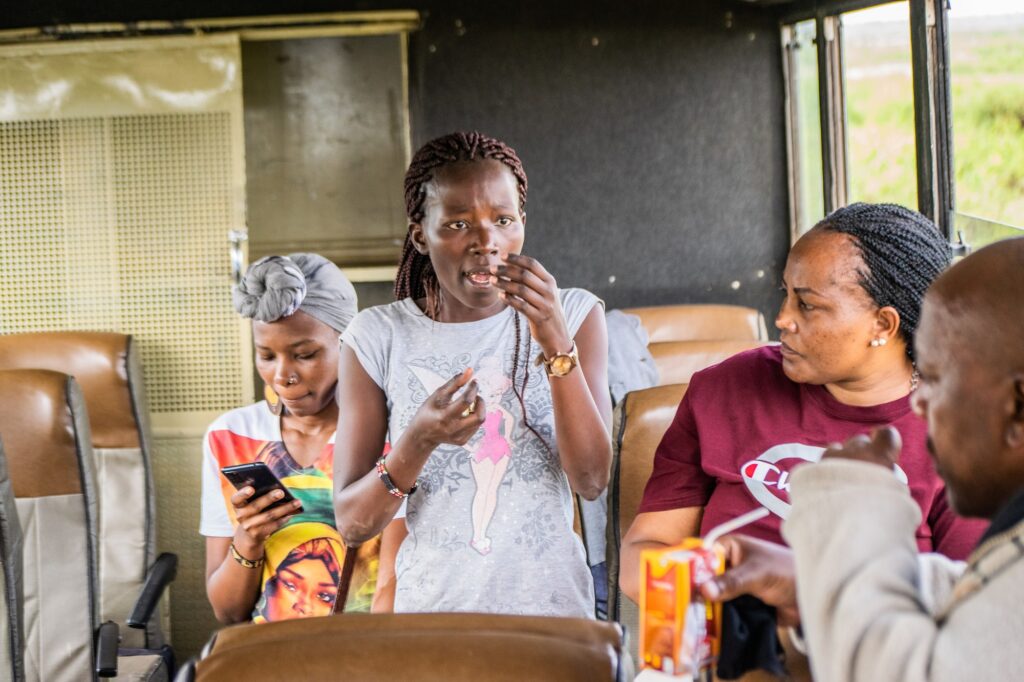
Late in February 2022, AFEW Kenya sponsored selected tertiary level students for a 4 day trip to Amboseli – Tsavo National Parks and they had treat of a lifetime. These students were the top winners in the 2021 AFEW environmental Awareness Competition.
During this trip, they got a chance to visit a Maasai village which hosts a total of 97 extended family members. Incidentally, this village constitutes the smallest village in the area. Our guide let us know of the different experiences they’ve had with the carnivores in a bid to save their livestock dead in the night. Eerie stories the Ndauo have! While this large, but small family eats meat as long as it’s today, they despise wild meat and so they do not kill wildlife for their daily survival. It’s amazing how much they value their culture and how much of it has been passed to the young generation. Do check them up on your visit to Amboseli National Park.
Written By: Angaya Kevin
Compiled By: Mr. Ngumbi Emmanuel
